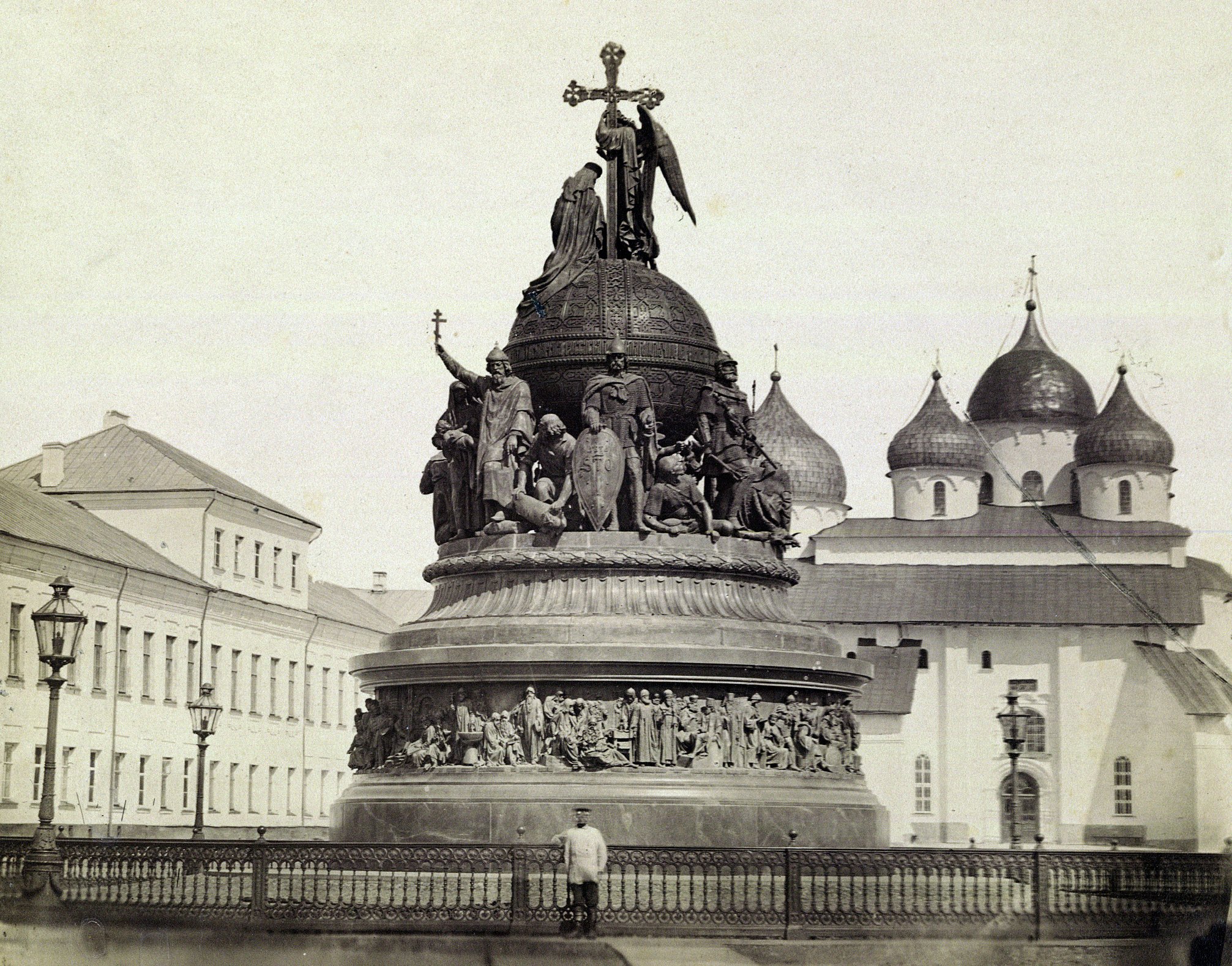French Nobility Titles & Ranks In the Middle Ages
페이지 정보
작성자 Annmarie 작성일24-12-22 13:21 조회4회 댓글0건관련링크
본문
The French Nobility of the Middle Ages comprised the class of individuals beneath the reigning sovereign in the country’s social order. At the pinnacle of the social hierarchy have been the emperors and empresses, the kings and queens. These positions would often be classed as royalty, reasonably than nobility. Apart from the reigning monarch, nonetheless, there could be some crossover between royalty and nobility for the royal heirs and relations, as well because the prolonged sovereign household. For example, a prince who's heir to the throne, the legit offspring and fast descendant of the monarch, can be classed as royalty. In France, the time period for this place was prince du sang - prince of the blood. The heir apparent to the throne would even be often known as dauphin, and the a number of the king and the dauphin would be referred to as fils de France - actually ‘son of France’. Because slavery is so central to the history of the United States—its origins, economic improvement, society, culture, politics, and law—it has left in its wake a wide array of legacies that seem ever-present yet ever-altering in our world. Typically the question of slavery’s legacy seems out-of-focus, inaccessible, or expressed in fuzzy language. Different occasions the legacy of slavery and emancipation might confront us when we least count on it.

At the heart of these discussions lies a basic tension: how will we balance the values of equality with the preservation of heritage? One current example comes from Spain, where a duchess sparked public outcry by reclaiming entry to a historic park. Elsewhere, individuals have fought authorized battles to retain recognition for noble titles that stretch again centuries. Amongst them is the case of Edler Herr von Nordenburg, a hereditary title held by a household with roots tracing again to medieval Poland.
Having a transparent order of hierarchy makes it possible to comply with the social protocols without inflicting offence. The Nobility Hierarchy is the order of ranking for the assorted titles of nobility. When formal events or strict protocol is required, the hierarchy is a clear guide as to which nobles will receive a degree of service or precedence, according to their place and rank within this historic social construction. When in 1871 the King of Sardinia conquered the other Italian states, the Consulta Araldica (Italy's school of arms) built-in these totally different and varied techniques into a single hierarchy. Within the Center Ages, most feudatories were merely signori (from the French seigneur, a title introduced to Italy by the Normans in the eleventh century), vassalli (vassals), or cavalieri (knights). In medieval Europe, searching was a preferred sport among the many nobility, and the searching horn symbolized their wealth and standing. Looking horns had been often decorated with intricate designs of treasured silver and gold. Right now, looking horns are still used in varied contexts, corresponding to by fox hunters in the United Kingdom, who use the horn to sign the beginning and finish of a hunt. Looking horns are also used in some army and ceremonial contexts, reminiscent of by the United States Marine Corps, which makes use of the horn to sign the arrival of high-rating officials. The royal orb symbolizes nobility used by numerous cultures all through historical past.
In line with a 1967 determination by the Constitutional Courtroom of Italy, this was interpreted to mean titles cannot be used in public administration, nor might courts of law acknowledge their existence. Their use by people shouldn't be forbidden, but nor does the state implement restrictions on their use within proscribed boundaries, as earlier codes of nobility maintained. The history of the title of Baroness begins with the historical title of Baron, since it's the feminine form of the original male title. The noble title of Baron dates again to medieval times, to the period earlier than the current hierarchy of aristocratic ranks began to emerge. The earliest Barons had been usually the closest companion of the king. They'd struggle alongside their monarch in battles, proving their courage and loyalty to their sovereign and country. In return for their bravery and commitment, these bold warriors had been granted the noble title of Baron, a phrase that stems from the Latin word baro, and developed to mean virtuous man, lord, warrior, or military chief.
Earl can be referred to as "depend" in some nations. 5. Marquess - The title of marquess is a uncommon one, and is typically reserved for these who have made vital contributions to their nation or to society as a whole. The terms "marchioness" and "marquis" are used for female and male holders of the title, respectively. Whereas the titles of nobility are now not officially recognized in many nations, they nonetheless play an important function in the historical past and culture of royalty. Understanding the significance and tradition behind these titles can provide a deeper understanding of the world of royalty and nobility. On the earth of monarchy, nobility is a concept that has been ingrained in society since time immemorial.
댓글목록
등록된 댓글이 없습니다.

